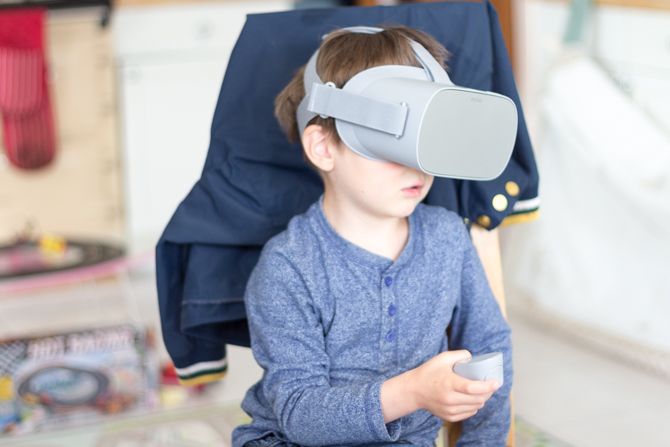I stumbled across
an amusing Youtube clip that reminded me of LIBE 467, a teacher-librarian
course I am currently taking, which, right now has been about research
strategies and referencing/research resources. In the clip, a man takes his cat
to the vet.
Vets, doctors,
salespeople, and librarians all aim to help the customer find the information
they seek. Like the vet in the clip, to be most effective, they’ll need to know
which questions to ask to determine how best to help and they’ll need to know how to help them. For a teacher-librarian,
this includes knowing research strategies to really get to the heart of what the customer (student, teacher,
parent, admin) wants to find out and which reference resources to use to find the
information they’re looking for, as well as potentially teach both things to
the customer so they can learn to do this themselves. Simple, right? Well, not
exactly…
 |
| https://bctla.ca/resources/point-of-inquiry/ |
For one, there
are many steps to researching and many
different models on what those steps
are. Not only that, but some are friendlier for younger customers being
introduced to research methods, others work well with creative teenage or adult
customers (with an emphasis on inquiry and discovery), and others work well
with technical, detailed, research (such as for math, science, or business).
The model used reflects the individual’s preference, their goal, and their
audience. For a teacher-librarian to know multiple methods could then be more
helpful than just one (for some examples, you can check out three different
models below).
Teacher-librarians also need to know which reference resource to use to
best guide their customer to useful resources. Should they use an encyclopedia,
a factbook (such as Guinness World Records), an almanac, a dictionary, a search
engine (Google, Yahoo), a web 2.0 tool (Wikipedia), a periodical database, a
digital library, etcetera… Each resource reference has its advantages and disadvantages
based on what it is the customer is searching for. Wikipedia is great to find
information fast if it doesn’t
necessarily matter if it’s accurate, as anyone can modify the entries, so
be sure to verify the information afterwards! I find search engines, like
Google, are useful to find lists (such as top products of a specific
technology), but it can be a chore to find exactly what you’re looking for with them (especially
unbiased and authoritative sources) as they have high recall, low precision, and I
assume they prioritize popularity (visits) and monetary influence (I’ve noticed
that some website-creation companies offer paid packages that will prioritize your
created website in certain search engines). So, use search engines at your own
risk and don’t be surprised or annoyed if nothing useful becomes of it.
Teacher-librarians need to also know how
to use the reference resource, such as using search engine features like quotations
marks, question marks, plus and minus signs, pound/star symbol, etc. as they
can help narrow their focus. Also, knowing which keyword to use is tremendously
useful. In my last few posts I described my experience looking up online
courses and virtual reality in the classroom. When I found, and was guided to,
certain keywords, my search results improved, and I was able to find the
information I sought.
A teacher-librarian
should also present their reference resources in an accessible and clearly
marked section, and “into a 21st-century learning space [that has]
easy access to technology, inviting, spaces for social interaction, and spaces
for individual inquiry” (Riedling, 119). They should also evaluate whether to weed
out reference resources every 5-10 years depending on the resource type
(Riedling, 24).
 |
| https://www.alamy.com/stock-photo-high-school-library-reading-room-26825966.html |
As you can see, when a teacher-librarian helps a customer, more expertise is required than what anybody could do themselves just by using Google or Wikipedia alone. Veterinarians, doctors, and salespeople are valued for the help they give their customers, and so should teacher-librarians.
References
Holmes, Pete. “Realistic Garfield.” YouTube, YouTube, 18 June 2014, www.youtube.com/watch?v=tOPXRq-HgPw&t=1s.
Riedling, Ann Marlow, et al. Reference Skills for the School Librarian Tools and Tips. Linworth, 2013.
“TheBig6.Org.” TheBig6, thebig6.org/.
“The Research Quest Model: A Student Guide to Effective Research.” 26 Feb. 2009.


